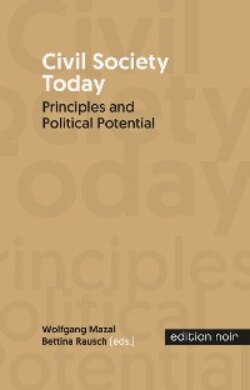Читать книгу Civl society - Группа авторов - Страница 21
The “second society” and the middle classes
ОглавлениеThe “second society” can be considered the leading group of the new bourgeois class that referred to itself as middle class. As early as in 1770, a rhyme typifying the self-awareness of the new middle class made the rounds:
“No-one’s lord, and no-one’s slave
That is the right of the middle-class”
The middle class therefore found itself between the ruling system (sovereign, bureaucracy, military, and nobility) and those who were still subjected to feudal domination – the mass of the farmers, as well as those dependent on domiciliary rights, apprentices, labourers, messengers, servants, and maids. In an anonymous document published in Leipzig in 1843 “Pia desideria of an Austrian Writer”, Eduard von Bauernfeld described all the intellectually active segments of society, “Professors, academics, artists, fabricants, tradesmen, economists, and even civil servants and clerics”, as belonging to the middle classes that were urgently demanding that censorship be relaxed and a general change in the political situation:
“… the Viennese have changed; they have become desperately serious. Here, as everywhere else, industry has set up its throne; a people that forms trade associations no longer has time to deal with what they prefer most: fried chicken, the Theatre in the Leopoldstadt, and the music of Strauss and Lanner.”8
With the Lower Austrian Trade Association (1839), the Inner Austrian Trade Association in Graz (1839), the Juridical-Political Reading Circle (1841), and the Concordia Writers’ Club (1844), the still-young middle-classes created new, modern organisational forms – ultimately also discussion forums in which, in spite of censorship and the police, certain demands on the state were also formulated.
Numerous problems were waiting to be solved – the farmers’ demands to abolish the feudal system, the growing need of the lower classes, and the national discontent that was becoming increasingly pressing, as well as the paralysis of the government that had been playing absolutism without a monarch (since the death of Franz I). Ferdinand I (1835–1848) was only nominally in power.
